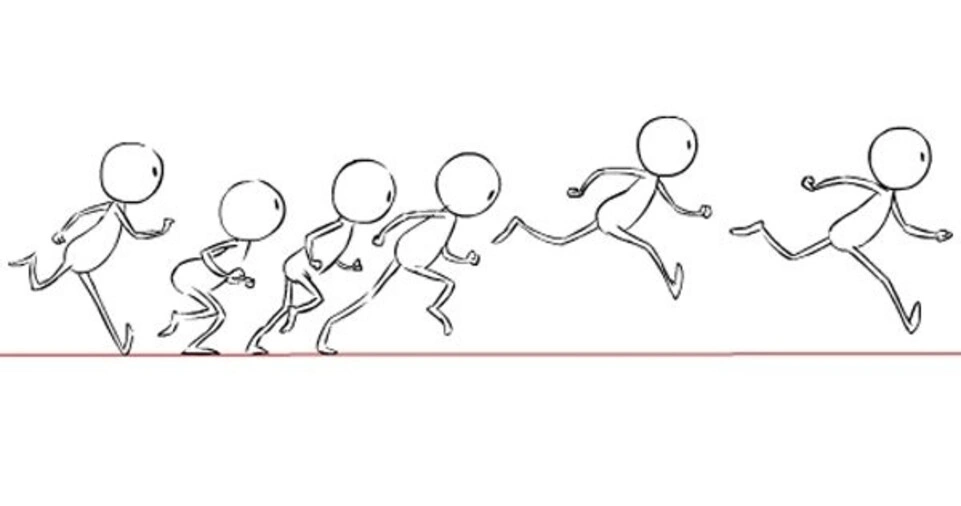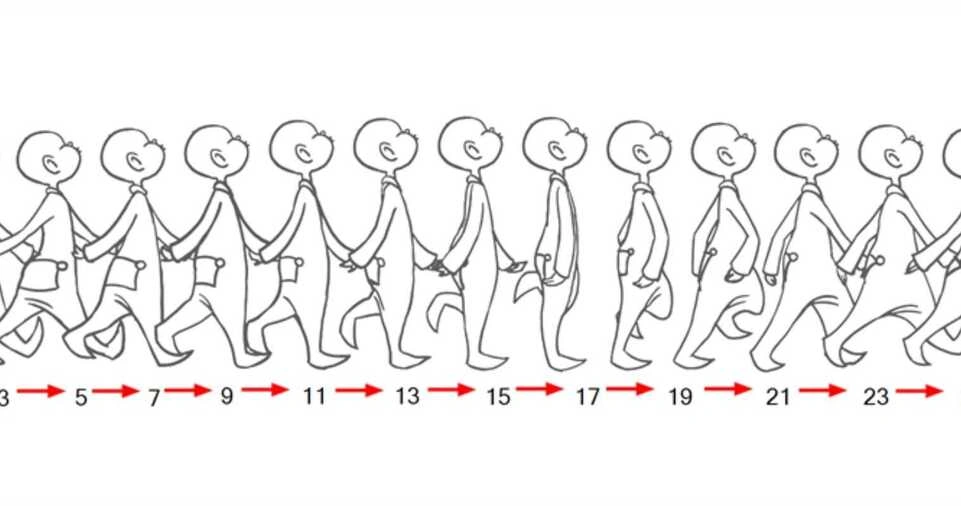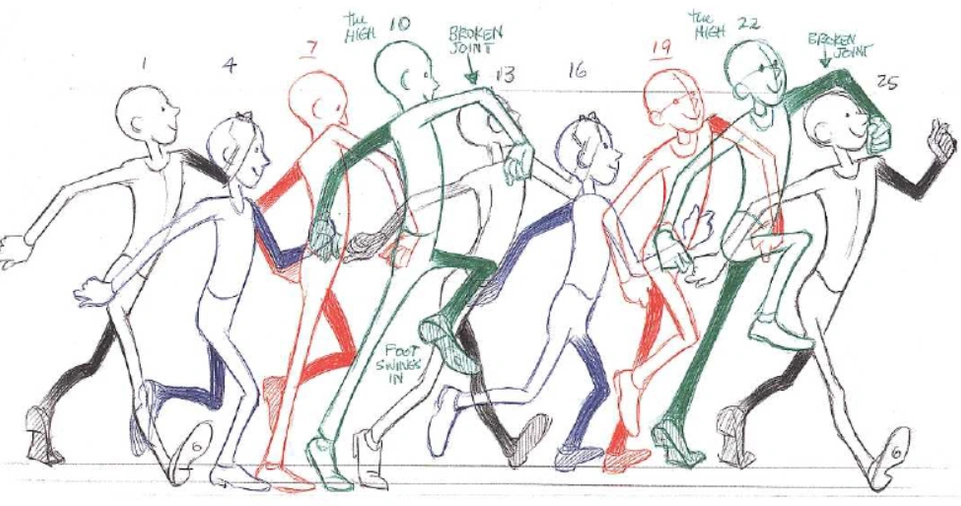Animation is a mesmerizing art form that breathes life into characters, objects, and entire worlds.
Behind every smooth movement and believable action lies a deep understanding of timing—a fundamental principle of animation that controls the pace, emotion, and realism of your work.
Whether you’re crafting a quick comedic scene or building suspense in a dramatic moment, timing determines the effectiveness of your storytelling.
But timing isn’t just about technical precision; it’s about connecting with your audience. The way a character moves or reacts can evoke laughter, sadness, excitement, or even tension.
Timing allows you to communicate emotion and personality without words, making it an essential skill for every animator.
In this guide, we’ll delve into the basics of timing in animation, why it’s crucial for every animator to master it, and how it can elevate your work.
From defining timing to exploring real-world examples and practical techniques, this detailed article will show you why timing is the invisible thread that ties great animation together.
What Is Timing in Animation?
Timing in animation refers to the control of how long an action takes to play out on screen.
It is measured in frames per second (FPS), where each second of animation is made up of a series of still frames.
The speed and spacing of these frames determine the pace of movement, the weight of objects, and the emotions conveyed in a scene.
For example, consider a simple bouncing ball animation. A ball that takes fewer frames to complete its bounce will appear fast and light, like a rubber ball.
In contrast, a ball animated with more frames will appear slow and heavy, like a bowling ball. This subtle manipulation of timing can drastically alter how the audience perceives the object.
Timing is also closely related to physics. Objects in motion follow natural laws such as gravity, inertia, and friction. Ignoring these principles can make your animation feel unrealistic, breaking the viewer’s immersion.
Additionally, timing plays a pivotal role in expressing personality. A character’s movement—whether it’s quick and jittery or slow and deliberate—can reveal their mood, energy level, or intentions.
Why Timing Is Crucial in Animation
Adds Realism and Weight
Timing brings physicality to animation. Without it, your work risks looking floaty or disconnected from reality.
Animating a character running, for instance, requires careful attention to how their feet hit the ground, the delay in their body’s upward motion, and the time taken for their hair or clothing to settle after each step.
Ignoring such details can result in movements that look mechanical or unnatural.
Physics-based timing also applies to inanimate objects. When animating something as simple as a falling leaf, the timing must reflect the resistance of air and the lightness of the object.
A leaf won’t fall straight down like a stone; it will flutter, slow down, and change direction.
Conveys Emotions and Personality
Timing allows animators to show, not tell. A character’s timing in movement can reveal their personality and emotions in ways dialogue cannot.
For example:
- Excitement: Quick, exaggerated movements.
- Sadness: Slow, heavy motions with long pauses.
- Confidence: Smooth, deliberate actions.
Consider classic cartoon characters like Bugs Bunny. His quick, snappy movements reflect his playful and mischievous personality.
Meanwhile, Eeyore from Winnie the Pooh moves slowly and with hesitation, embodying his melancholic disposition.
Enhances Storytelling
Timing controls the rhythm and pacing of your story. It’s what makes a comedic gag land perfectly or a dramatic moment feel suspenseful.
Imagine a scene where a character is about to open a mysterious door. Adding a pause—just a second longer than the audience expects—can build anticipation, making the payoff more impactful.
In comedic animation, timing is everything. The difference between a joke that lands and one that falls flat often comes down to how well the animator controls the buildup and delivery.
Sets the Tone and Style
Different genres and styles of animation rely on distinct timing approaches:
- Cartoons: Often use exaggerated, fast-paced timing to create humor.
- Anime: Tends to include pauses and slow movements for dramatic effect.
- Realistic Animation: Focuses on subtle, accurate timing to mimic real-world behavior.
The timing in animation also defines the overall feel of the project. A fast-paced animation might feel chaotic and energetic, while slow timing can evoke calmness or tension.
ALSO READ: How to Create Simple Animations with Just a Few Drawings
Core Principles of Timing in Animation

Slow In and Slow Out
Actions rarely start or stop abruptly. To create a natural flow, animators add more frames at the beginning and end of a motion.
This gradual acceleration and deceleration mimic the way objects move in real life.
For example, when a car starts moving, it doesn’t instantly reach full speed—it accelerates. Similarly, when it stops, it slows down gradually instead of halting immediately.
Spacing and Easing
The spacing of frames directly affects how an object moves. Wider spacing between frames creates faster motion, while narrower spacing slows it down.
Easing—adjusting the speed of motion within a scene—can make animations feel more dynamic and realistic.
Anticipation and Follow-Through
Anticipation prepares the audience for an action, while follow-through adds realism by continuing the motion after the action is completed.
- Example of Anticipation: A character bending their knees before jumping.
- Example of Follow-Through: A character’s hair swaying after they stop running.
Timing for Emotional Impact
The timing of movements can evoke specific emotions. Slower timing adds weight and gravitas, while faster timing can create excitement or urgency. A well-timed pause can amplify drama or humor.
Practical Examples of Timing in Animation

The Bounce of a Ball
A classic example for understanding timing is animating a bouncing ball.
The timing of its motion changes depending on its material:
- Rubber Ball: Fast bounces with quick intervals.
- Bowling Ball: Slow, heavy bounces with longer intervals.
Adding squash and stretch to the ball enhances the illusion of weight and elasticity, but the timing must align with the material properties to maintain believability.
Walking Cycles
A character’s walk cycle reveals a lot about their personality.
Fast, short steps can indicate nervousness, while slow, deliberate strides suggest confidence or determination.
Timing is key in ensuring the cycle feels natural and consistent.
Dialogue and Lip Syncing
Timing is crucial for synchronizing a character’s lip movements with their dialogue.
Accurate timing ensures that the words feel like they’re coming from the character, adding believability to the performance.
How to Improve Your Timing Skills
Study Real-Life Movements
Observe people, animals, and objects in motion. Pay attention to how they start, move, and stop. Real-world observations provide invaluable references for timing.
Experiment with Frame Rates
Try animating the same action at different frame rates (e.g., 12 FPS, 24 FPS) to see how timing impacts the result.
This hands-on experimentation can help you understand the relationship between frames and motion.
Analyze Existing Animations
Watch and break down scenes from your favorite animations. Identify how the timing contributes to the mood, pacing, and storytelling.
Practice with Animatics
Create rough drafts or storyboards with basic timing. Use these to test how your ideas translate to motion before investing time in detailed animation.
ALSO READ: How to Tell a Story Through Animation: The Basics of Storytelling
Conclusion
Timing is the backbone of animation. It’s what transforms lifeless drawings or 3D models into characters with weight, emotion, and personality.
By understanding the principles of timing, animators can create movements that feel real, evoke emotions, and enhance storytelling.
Mastering timing requires patience, practice, and observation, but the results are worth the effort.
Whether you’re a beginner or a seasoned professional, honing your timing skills will elevate your animations and make them unforgettable.
So dive in, experiment, and embrace the art of timing—it’s the key to creating truly impactful animations.

